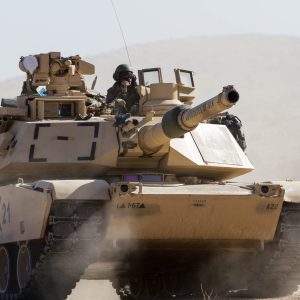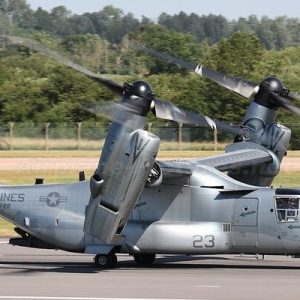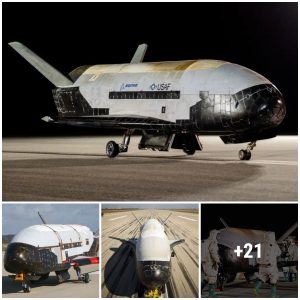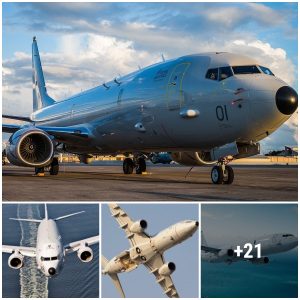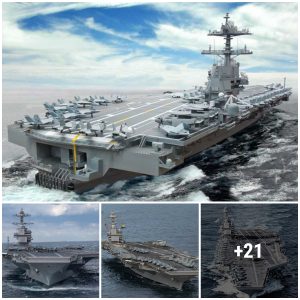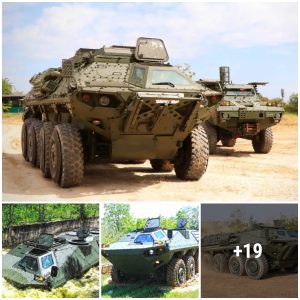The Ka-25 helicopter was intended to deal with nuclear submarines of a potential enemy, and became a mainstay on Soviet surface warships.

Kamov Ka-25 was developed from the Ka-20, with a length of 9.75 m (32 ft 0 in), height of 5.37 m (17 ft 7 in), the empty weight is 4.76 tons (10,505 lb), and the Gross weight is 7.5 tons (16,535 lb).

The Ka-25 was operated by a crew of 2, consisting of a pilot and co-pilot, sitting side by side in a forward glass cockpit. The system operators were arranged in a rear cabin depending on the mission, including anti-submarine ωλɾʄλɾɛ, search and rescue.

The Ka-25 helicopter was built according to a twin-screw coaxial scheme and had two powerful gas turbine engines, the helicopter chassis was four-bearing. The fuselage of the Ka-25 was all-metal. The main focus of the helicopter was the fight against enemy submarines. Therefore, its armament consisted of anti-submarine self-guided torpedo AT-1 or 4-8 depth charges weighing from 50 kg to 250 kg. In addition, the helicopter had a cassette with radio-acoustic buoys, which was also suspended in its ωɛλρσɳs compartment. This compartment was equipped with flaps that could be opened with electric drives.

What made the Ka-25 so special were its twin main rotors, coaxially mounted and negating the need for a tail rotor. The elimination of the tail rotor, commonly found on traditional helicopters, means that the Ka-25 can be built to a shorter-in-length specification – a priceless attribute when considering onboard storage for a navy warship. Additionally, the stout fuselage design and tri-fin tail section are clear indicators of a Kamov design. This design feature of the Ka-25 is still inherited in the Ka-27, Ka-28, Ka-29, Ka-31 and Ka-32 generations.

The helicopter was powered by two Glushenkov GTD-3F turboshaft engines, with 900 hp each, powering the 2 x three-bladed co-axial main rotors. Ka-25 could reach a top speed of 209 km/h (130 mph), cruise speed of 193 km/h (120 mph), a range of 400 km (220 nmi), and service ceiling of 3,350 m.

Primary sensors for the anti-submarine ωλɾʄλɾɛ mission were the I/J-band radar, OKA-2 dipping sonar, a downward-looking Tie Rod electro-optical sensor in the tailboom and a Magnetic Anomaly Detection sensor, either in a recess in the rear part of the cabin or in a fairing sometimes fitted below the central of the three tailfins. A box-like sonobuoy launcher could also be scabbed on to the starboard side of the rear fuselage. Dye-markers or smoke floats could also be carried externally. Comprehensive avionics, defensive and navigation systems were also fitted as standard.

